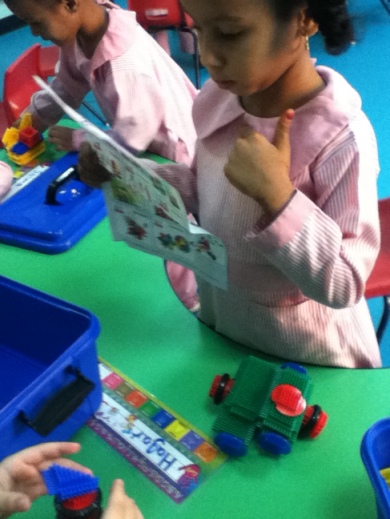What Really IS “Best Practice”
It’s Tuesday at 4:45pm and my brain cells begin to take a break. I’m struggling with my energy level, peeved at myself for not drinking a tea earlier so I had a mental boost for this meeting. Because I care. It’s about the counseling program at our school, and I want to be fully present. I think it’s important.
Now it’s 2:30am, and I am awake, a bit annoyed that I have the term “best practice” ruminating in my mind. Why is this the first thought this morning? And how can I make it stop troubling my thoughts?
You see the other day I had a colleague make a remark that for some reason has really gotten under my skin–“oh, it’s really just best practice, right?”. Here’s the thing, I’m really tired of hearing the term “best practice”. It implies some secret sauce, some cookbook, that if all teachers follow, will result in amazing student achievement. I think that’s an overused term to get teachers to comply with certain boundaries of your curriculum. Think about it, if you teach in a highly structured system (Think a national scheme like France’s, in which all French schools have to be on the same page, literally, on the same day), then they have an idea of “best practice”. However, in our PYP school, we are more unstructured, textbookless, with flexible timelines, and no literacy model or math program (ex: Everyday Math) that we all follow. Needless to say, our idea of “best practice” has less to do with teacher compliance and more to do with teacher creativity. Those are very different perspectives on education. And who is right? Which is better? Who is the “best”?
 I’m not here to pick a fight but I want to call our attention to how we throw that term around. In fact, I’d like to toss that term on the ground and squash it. I want to bury it. It’s undefinable in our broad views of education. Because of that, I think it’s a “nothing” word like a cliche or overused term that has lost its precision and value.
I’m not here to pick a fight but I want to call our attention to how we throw that term around. In fact, I’d like to toss that term on the ground and squash it. I want to bury it. It’s undefinable in our broad views of education. Because of that, I think it’s a “nothing” word like a cliche or overused term that has lost its precision and value.
John Hattie’s idea of “Know Thy Impact” is more meaningful because it really helps schools to define their context and go deeper into the Why with the How they implement their curriculum, no matter how rigid or adaptable the structure is. I feel that we should use a more active term to define the type of work we do with students: Impactful Practice.
Yet, I think there is a space in which all of us can connect, an area of our schools that we can all agree upon. It’s the one thing we can all consent to- student relationships matter. 
This is where our dichotomous learning approaches merge. No matter what curriculum we use, the pedagogy of the heart is the central feature of all the work we do in schools. It’s the reason why I made a strong commitment to fight off my tiredness and engage in a meeting about our counseling program because we are talking about the hearts of our students. Connecting with them?–Yeah, I want to do that- Every day, for at least 190 days this year!
It’s now 6am and I have transformed this agitation into a clarity of purpose. Perhaps you, dear reader, may feel the same way. I hope that wherever we are in the world, despite how we teach, that we can all agree upon really digging in and cultivating an intention of “impactful” practice, connecting to and understanding the emotional landscape and perspectives of our students. Doing this– that’s the only practice that matters. Don’t you agree?
Developing learners as leaders is my joy! I am committed and passionate International Baccaluearate (IB) educator who loves cracking jokes, jumping on trampolines and reading books. When I’m not playing Minecraft with my daughter, I work on empowering others in order to create a future that works for everyone.


